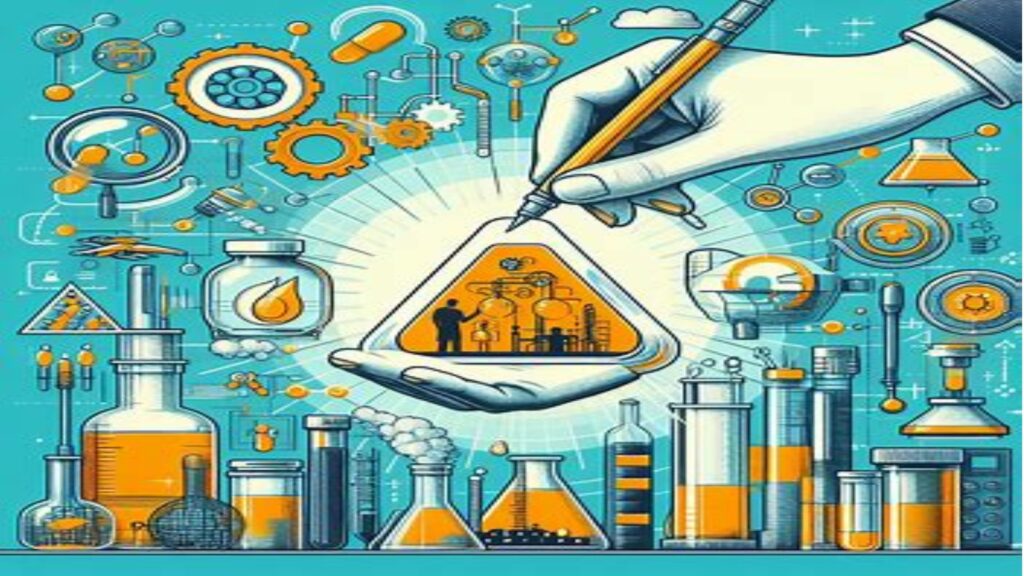“Unveiling Quality by Design: Expert Insights into Pharmaceutical Production”
“Discover the transformative impact of Quality by Design (QbD) in pharmaceutical production through insightful interviews with industry experts. Explore the significance of QbD principles, challenges, opportunities, and regulatory perspectives for ensuring product quality and regulatory compliance.”
“Unveiling Quality by Design: Expert Insights into Pharmaceutical Production” Read More »



